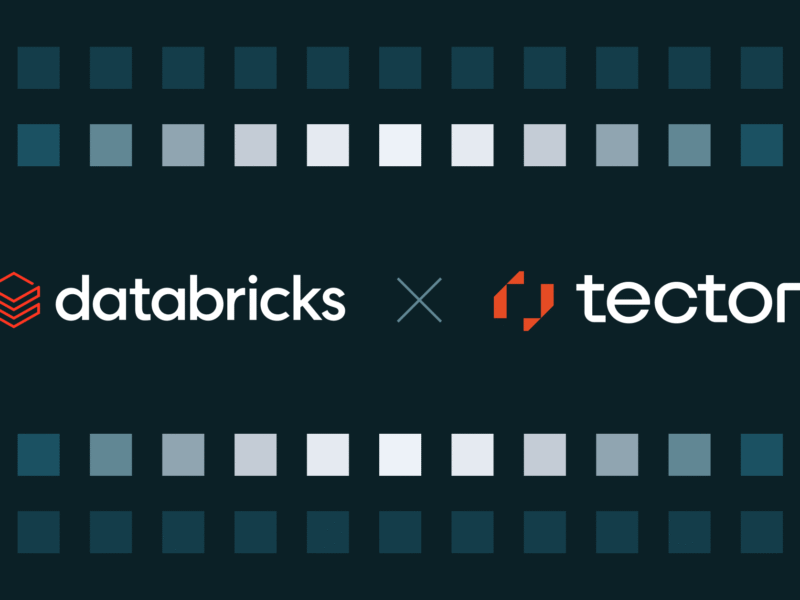Standard business reporting (SBR) represents an innovative approach to making business data reporting more uniform and efficient across various sectors. As organizations face increasing scrutiny regarding compliance and regulatory standards, SBR provides a streamlined framework that simplifies the complexities of reporting. By adopting SBR, companies not only ease their reporting burdens but also enhance the quality of their financial disclosures and boost overall business performance.
What is standard business reporting (SBR)?
SBR is a framework designed to create standardized business data reporting processes, primarily focused on tax and compliance across different regions. The main objective of SBR is to simplify the reporting requirements for businesses, enabling them to manage their obligations more efficiently and accurately.
Definition and purpose of SBR
SBR’s fundamental purpose is to reduce the complexity associated with business reporting. By establishing standard protocols, it allows companies to submit data in a consistent manner, benefiting both businesses and government agencies. This cohesive approach not only enhances compliance but also promotes clarity in communication across various reporting channels.
Geographical adoption of SBR
Different countries have embraced SBR with varying degrees of success. Countries such as the Netherlands, Australia, and New Zealand have led the way in implementing SBR, recognizing its potential to streamline business reporting processes.
Comparative analysis of SBR implementation
While the lead countries have established effective SBR systems, regions such as parts of Europe and Asia are gradually seeking to adopt similar frameworks. This comparative analysis highlights the global trend towards more standardized reporting practices, revealing both the benefits and challenges faced in implementing such systems.
Standardization efforts in business reporting
The push for standardized business reporting has led to discussions about the merits and drawbacks of different frameworks. Many companies grapple with the choice between relying on custom solutions and adopting standardized ones like SBR.
Frameworks vs. standardized reporting
Custom frameworks allow businesses to tailor their reporting systems to their specific needs, but they often introduce complexities. In contrast, standardized reporting methods, particularly those based on Extensible Business Reporting Language (XBRL), foster consistency. XBRL serves as a powerful tool that supports data accuracy and comparability across various platforms.
Benefits of standardization
– Reduction in complexity: Simplifying business-to-government reporting processes.
– Enhanced efficiency: Saving time for businesses and improving communication across government agencies.
Operational mechanism of SBR
For SBR to function effectively, its operational mechanisms must be well understood. One critical component is the role of taxonomies, which help ensure the consistency of reported data.
The role of taxonomies
Taxonomies serve as structured frameworks that define how data should be categorized and reported. By using standard taxonomies, businesses can avoid discrepancies that may stem from uneven reporting practices. These inconsistencies can lead to compliance issues and unnecessary complications for organizations.
Collaboration in implementation
Successful implementation of SBR involves collaboration between government entities and software developers. Together, they create taxonomies and leverage technological solutions to streamline reporting processes, ensuring that businesses can comply with minimal friction.
Importance of SBR in business operations
The adoption of SBR carries significant advantages for organizations, particularly regarding compliance and error reduction. In an environment of heightened scrutiny, businesses are under pressure to deliver accurate financial disclosures.
Enhancing compliance and reducing errors
The structured nature of SBR helps businesses mitigate inaccuracies in reporting. By standardizing the data submitted to government agencies, SBR minimizes the challenges related to compliance, alleviating the regulatory burden on businesses.
Time management for senior executives
Senior executives often find compliance-related tasks time-consuming and distracting. SBR’s streamlined processes can significantly reduce the time spent on these activities, allowing executives to focus on strategic business initiatives.
Benefits overview of SBR adoption
Adopting SBR can lead to various operational efficiencies and cost savings for organizations. The clear advantages of SBR extend beyond compliance.
Efficiency and cost-effectiveness
By reducing the complexity associated with data management, SBR can lead to substantial cost savings. Organizations can better allocate their resources, enhancing their overall productivity.
Enhanced reporting and communication
Unified communication standards facilitated by SBR promote better information sharing, not only within companies but also with external stakeholders such as investors. This transparency is crucial for maintaining trust and credibility in the marketplace.
Historical context of SBR development
The journey of SBR began in the Netherlands, where the concept was first pilot-tested before expanding to other regions. Understanding this historical context is essential to appreciate its evolution.
Evolution of SBR initiatives
From its inception in the Netherlands, SBR has undergone significant transformations, adapting to the unique needs of different countries. This timeline captures the essence of SBR’s growth and its broader implications for business reporting.
Lessons learned and global insights
Countries implementing SBR have encountered various challenges, providing valuable lessons for others considering similar initiatives. By addressing these challenges proactively, regions can enhance their approach to business reporting and compliance.
Comparison to XBRL
SBR and XBRL are often discussed in tandem, yet they have distinct characteristics that set them apart. Understanding these differences can clarify their roles in business reporting.
Differences and similarities
While SBR focuses on a standardized reporting approach, XBRL serves as a technical framework that facilitates the exchange of business information. Both offer advantages, but they cater to different aspects of the reporting process.
Global perspectives on standardization
The adoption of SBR has been slower compared to XBRL in some regions. Examining these global perspectives can provide insights into the varying levels of acceptance and integration between SBR and XBRL.
Future outlook for SBR
The landscape of business reporting continues to evolve, with SBR playing a vital role in shaping future practices.
Continued evolution and adaptation
As businesses face changing regulatory environments, the adaptation of SBR and XBRL will be crucial in maintaining accountability and consistency in reporting.
Next steps in SBR evolution
Exploring Universal Process Notation (UPN) is among the future steps that could further enhance business processes and taxonomies, paving the way for more efficient reporting solutions.

